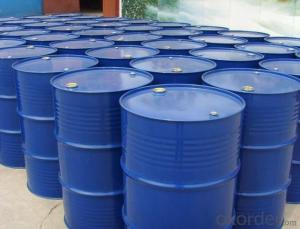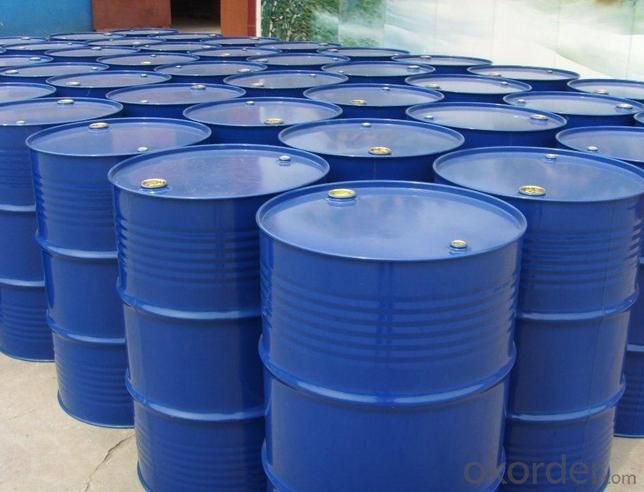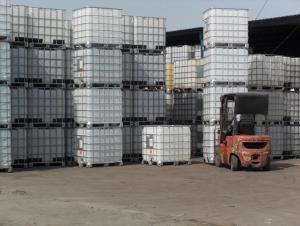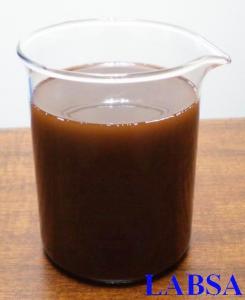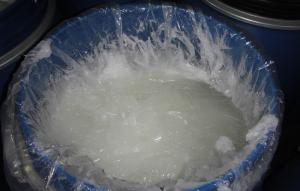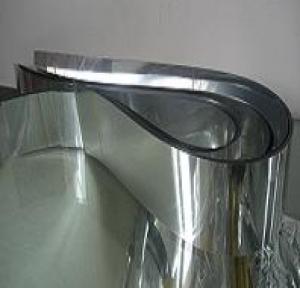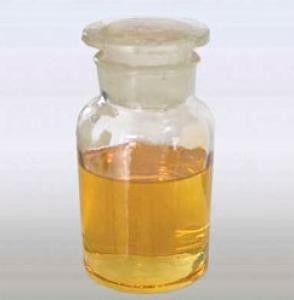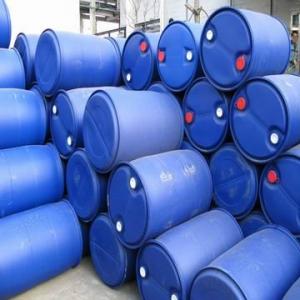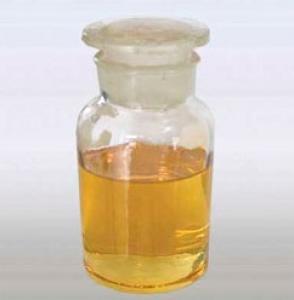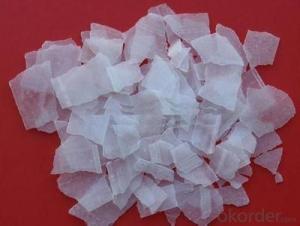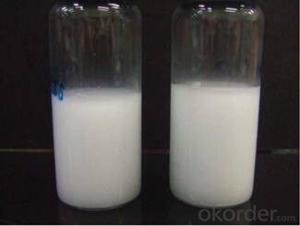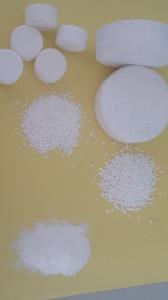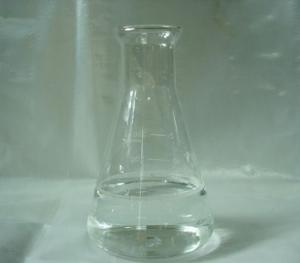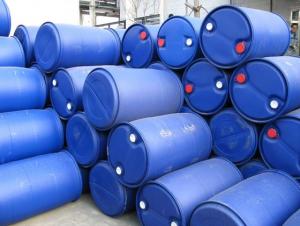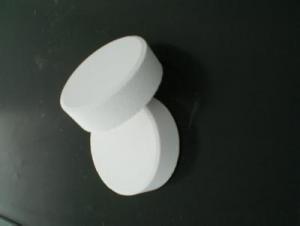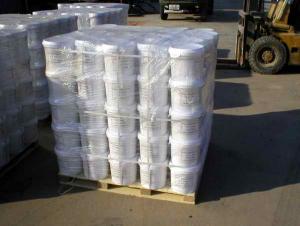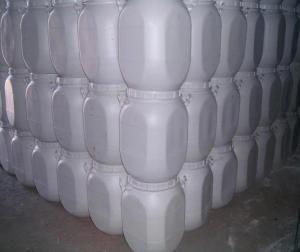SAG 622 antifoam emulsion
- Loading Port:
- China main port
- Payment Terms:
- TT OR LC
- Min Order Qty:
- 1 kg
- Supply Capability:
- 100 kg/month
OKorder Service Pledge
OKorder Financial Service
You Might Also Like
SAG 622 antifoam emulsion is a durable silicone emulsion and an excellent candidate to consider for use in controlling foam in high temperature aqueous systems such as the Jet Dyeing process. It is easy to use and typically displays superior dispersibility in both non-ionic and anionic aqueous foaming media. It does not form free surface oil or non-dispersed particles.
SAG 622 antifoam emulsion allows foam control over a broad pH range and temperature range.
Key Features and Typical Benefits
excellent foam control at high temperature
exceptional foam control in non-ionic and anionic surfactant systems
quick foam knockdown
persistent antifoam performance widely applicable
good emulsion stability and dilution stability
readily dispersible in the foaming media
Potential Applications
SAG 622 antifoam emulsion has found utility in many textile wet processing applications, such as:
foam control in textile pre-treatment processes and textile print paste
textile sizing and scouring agents acrylic latexes and thickeners used for textiles and nonwovens
other chemical processes requiring foam control
Typical physical Properties | |
Property | Value |
Appearance | Opaque-white emulsion |
Solid Content(%) | 20 |
Viscosity,(25℃,after stirring), cps | 600 |
PH | 7.0 |
Lonic Character | Non-ionic |
Suitable Diluent | Water |
- Q: What are the daily chemicals? Urgent,
- Synthetic rubber, plastic, synthetic fiber, flavoring agent (vinegar, salt, monosodium glutamate, soda, etc.), food coloring, washing supplies, disinfecting drugs and so on.
- Q: What is the common characteristic of chemicals?
- Has a specific functional and practical characteristics.
- Q: What is the difference between cosmetic and cosmetic?
- Daily chemical products refers to the daily life of the use of scientific and technological chemicals, including shampoo, shower gel, cosmetics, detergent, etc.
- Q: What is the daily chemical industry
- Daily chemical products are distinctive multidisciplinary cross characteristics of cosmetics, is to study the composition and principles of cosmetics formulations, manufacturing processes, products and raw materials performance and its evaluation, the safe use of product quality management and relevant laws and regulations of the comprehensive discipline. It is also a related science in chemistry, medicine, pharmacy, dermatology, dentistry, biochemistry, physical chemistry, chemical engineering, rheology, aesthetics, colorology, physiology, psychology, management and law. Of applied disciplines. Cosmetics should have the basic characteristics of safety, stability, comfort and effectiveness.
- Q: Fine chemical production is Gansha?
- Fine chemical industry is the 70th century after the world chemical industry, especially the developed countries, chemical industry restructuring and development of the focus of the current developed countries, the fine chemical industry has reached 55% to 65%, while China is about 40%. The level of development of fine chemicals is one of the important symbols of national comprehensive national strength and technical level. With the development and progress of science and technology, fine chemicals and fine chemicals and more and more varieties, the application of the field and the scope of more and more widely. And fine chemicals, especially in new areas of fine chemical industry has been listed as one of the strategic focus of China's chemical industry development.
- Q: Does the daily chemical science be a Chinese core journal?
- Not the core journals Oh, is a national journal.
- Q: Why the waste of daily chemicals and their containers can not be recovered
- May be left with chemical reagents, many are highly toxic or harmful substances, so can not be recycled, to special treatment, harmless.
- Q: What are the acts of hazardous chemicals?
- Purchasing dangerous chemicals from enterprises that have never obtained a dangerous chemical production license or a dangerous chemical business license;
- Q: What are the characteristics of daily chemical production?
- In addition to outdoor air pollutants can be air flow into the room outside the various building decoration materials, kitchen cooking, cosmetics, household chemicals and chemicals, copiers, radioactive contaminants are important indoor chemical pollutants. Has been identified from the indoor air more than 300 kinds of volatile chemical substances.Medical research shows that the pollution can cause respiratory, cardiovascular disease and cancer and other diseases.
- Q: Does Unilever and Procter & Gamble have monopolized China's daily chemicals market?
- Basically, there are some small businesses. I would like to ask, monopoly does not break the law? This year, the market is not fierce, the price soared, much faster than wages.
Send your message to us
SAG 622 antifoam emulsion
- Loading Port:
- China main port
- Payment Terms:
- TT OR LC
- Min Order Qty:
- 1 kg
- Supply Capability:
- 100 kg/month
OKorder Service Pledge
OKorder Financial Service
Similar products
Hot products
Hot Searches
